IAKS Future Trends
With these future trends, IAKS wishes to outline important developments for professionals and non-professionals involved in sports and leisure facilities around the world. These propositions describe aspects and trends observed by experts and do not claim to be exhaustive. Their order does not reflect their relative importance, and some of them are contradictory. Not surprising, as our world has become more complex and there is no one correct solution. The various needs and developments at a location have to be grasped if a sustainable solution for a specific sports and leisure facility is to be arrived at.
Autor: IAKS International Association for Sports and Leasure Facilities
Public space as leisure facility
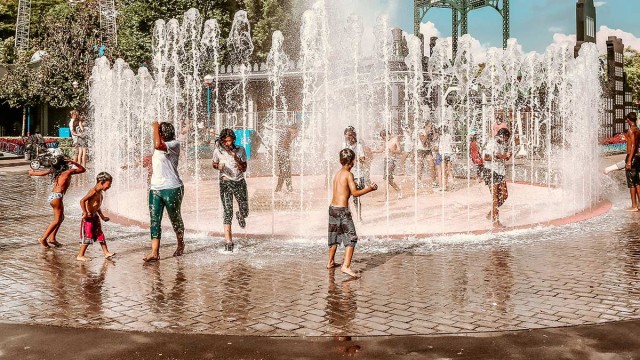
The individualisation of our society and new ways of working with blurring boundaries between work and leisure are leading to stronger demand for individual sports like swimming, jogging and cycling. These are often performed in public spaces that are not limited by opening hours, e.g. cycling tracks without crossroads like the idea of skycycle in London.
This calls for multifunctional and safe public spaces. At the same time, workplaces need to integrate facilities for physical activities. Another opportunity is to open sports facilities (especially sports halls) to the individual, e.g. the Danish idea of sports halls as “indoor commons“.
Growing importance of multifunctionality
The individualisation of society is also encouraging the emergence of many new sports, often with a life-style component. As not all of these sports can have their own facility, existing sports and leisure facilities have to become increasingly multifunctional.
Infrastructure for gentle activities
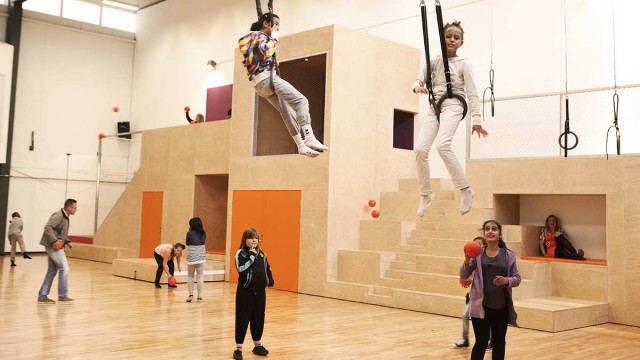
Sports infrastructure has to cater for the possibility of “gentler“ physical activities. The increasing inactive and overweight population will not return to an active and healthy lifestyle by adopting traditional sports. They need to be gently activated with physical activities in combina-tion with motivating leisure offerings, e.g. indoor “playgrounds” for kids in sports halls or “der bewegte Schulweg” in Salzburg (playground equipment on the way to school).
Also, the increasing importance of health (including mental health / stress reduction) in physical activities is encouraging holistic, popular, life-style "sports". New types of sports and leisure are gaining in importance, e.g. yoga and Pilates. Sports and leisure infrastructure has to adapt to this rising demand.
Expanded accessibility and an ageing society
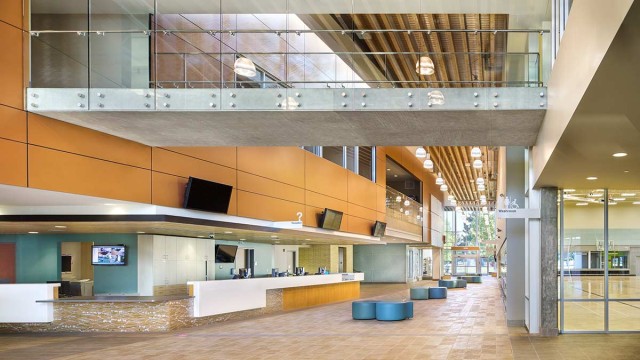
The original conception of accessibility as meeting the needs of wheelchair users has expanded significant-ly in the last few years. This has been driven by demographic change and higher life expectancy. New requirements for sports and leisure facilities have arisen, e.g. concerning stairs, lighting, signage and loud-speakers. Their design should be inclusive for all user groups.
Our ageing society is giving senior citizens greater prominence in the sports community. They also require new types of sports and ways of practising existing sports, e.g. Nordic walking, pickleball, mall walking, dancing and lawn bowling.
Economic challenges
The constraints on public funding call for a prioritisation of subsidies, long-term business plans and a change in usage rather than the construction of new facilities. In competition for public funding, sports and leisure infrastructure has to communicate its “public value” (also known as the “social return on investment”) to government and other stakeholders and develop sustainable business models.
New projects are often executed in partnership models with commercial companies and with new revenue models. Financial efficiency can also be increased in multicomponent facilities with profitable life-style sports and unprofitable traditional sports, e.g. adding leisure elements or a fitness club to a competition pool.
Developing countries face the challenges of offering and maintaining sports facilities at all and ensuring affordable admission to sports and leisure facilities.
Diverse development of market segments

The further increasing commercialisation of spectator / media sports is resulting in an earlier separation of competitive and mass sports that is often accompanied by privately financed, single-purpose spectator facilities like soccer stadiums.
In addition, commercial life-style sports normally have privately financed sports facilities, e.g. fitness clubs. This trend leaves municipal and school facilities behind with the unprofitable sport segments, e.g. competition pools and classical sports halls.
Urban and suburban sports and leisure facilities
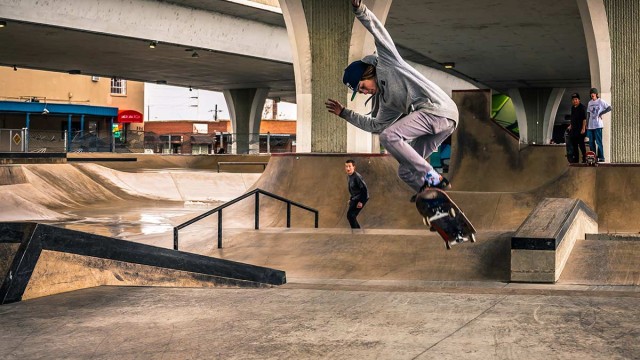
Urbanisation, firstly, restricts the space available for sports facilities, such that they have to be stacked on other buildings or reduce their footprint. Secondly, urbanisation eliminates open space. Therefore, open space needs to become more multifunctional and allow physical activities of many kinds, e.g. Superkilen in Copenhagen. Playgrounds for kids are important for encouraging children to exercise.
In suburban areas, the social function of sports and lei-sure facilities is important. They have to be multifunctional and serve as a meeting point for the community. This is only the case if the facility integrates all stakeholders and is therefore "close to the people".
Sports facilities play also an important role in social work and youth delinquency prevention, e.g. Street Mekka in Copenhagen.
Safe facilities
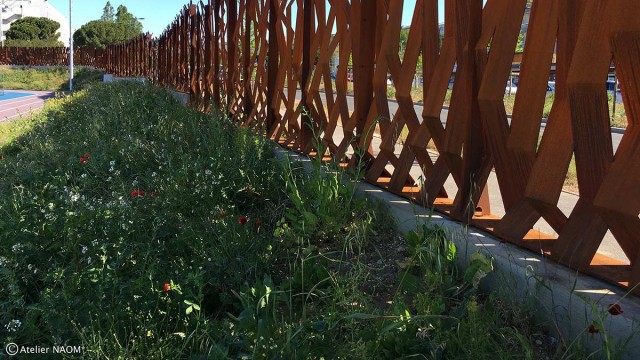
The threat of terrorism and new levels of hooliganism and vandalism call for measures in spectator and sports facilities such as entrance controls, video surveillance, security teams and sharing information between organisations.
The higher liability of sports facilities towards their users raises the bar for building construction (permits) and makes licensed products more important.
Impact of climate change
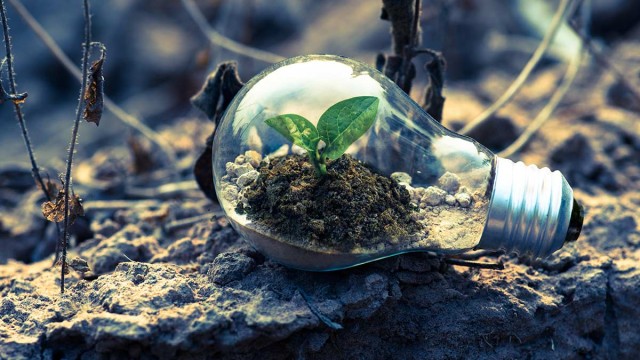
Climate change places a new focus on ecological sustainability. This necessitates construction materials with verifiable information as well as low energy and resource use during operation, e.g. heat recovery, combined heat and power generation.
In some regions, climate change calls for more protection of outdoor facilities from the sun and rain. Air pollution creates new challenges and imposes limitations on outdoor activities.
Multimedia facilities

The omnipresence of digital technology makes the digital accessibility of sports and leisure facilities indispensable, before and during visits of facilities. Furthermore, virtual reality (combining the real and the virtual) will make inroads into sport. First steps in this direction are Wii sports and Pokemon Go. Another development is increasing demand for sports tracking / performance measurement.
International harmonisation of demand
Globalisation, the internet and people’s increasing mobility are making the expectations of sports and leisure facilities more uniform. Users therefore gravitate towards international best-practice facilities. Global trends should therefore be followed more closely, with the growing harmonisation of international quality standards.
At the same time, migration is encouraging cultural diver-sity within countries. New sports and ways of practising sport can emerge.

IAKS International Association for Sports and Leasure Facilities
Eupener Str. 70
50933 Köln
Deutschland
Tel. +49 221 1680 230
Fax +49 221 1680 2323
Write an e-mail
To the IAKS website





